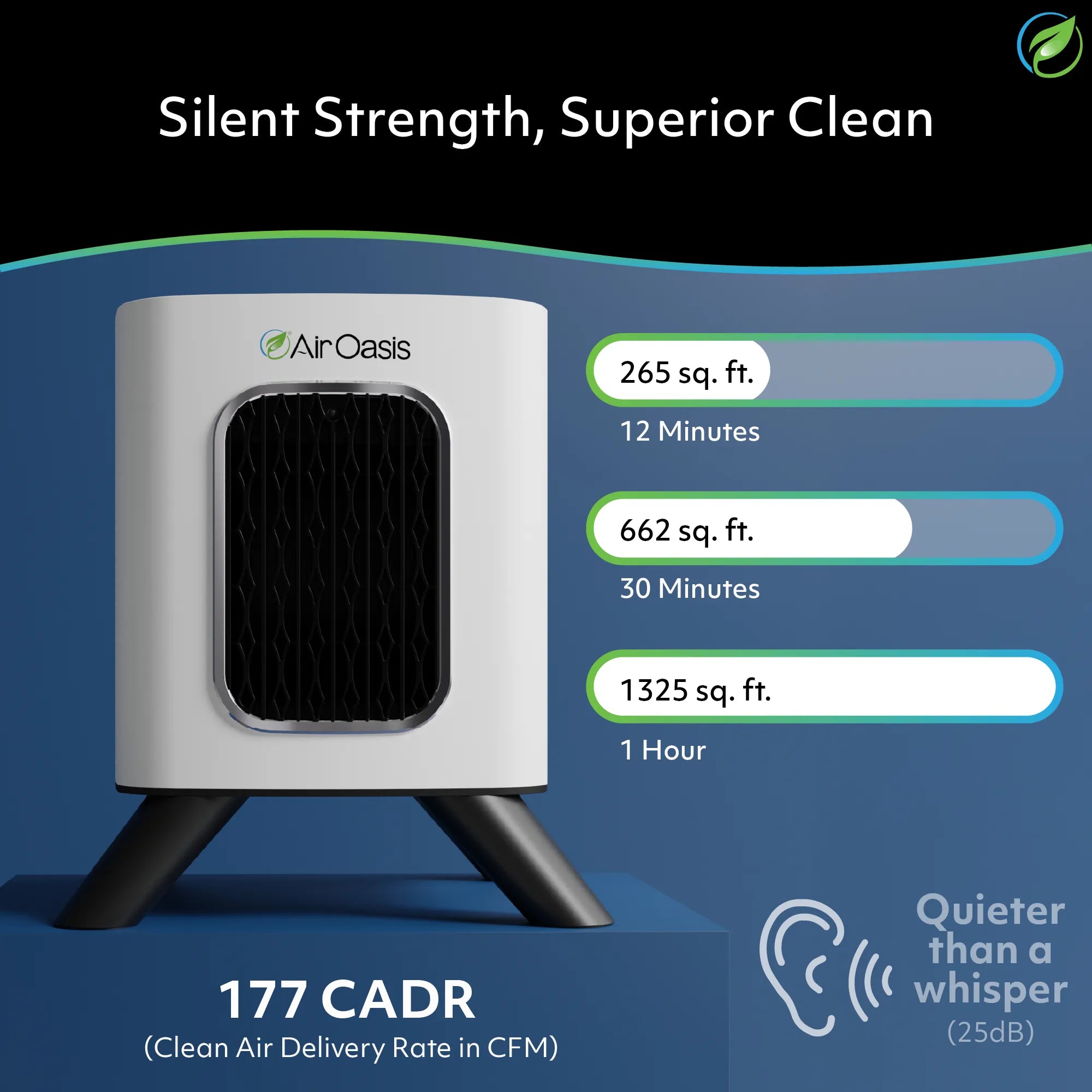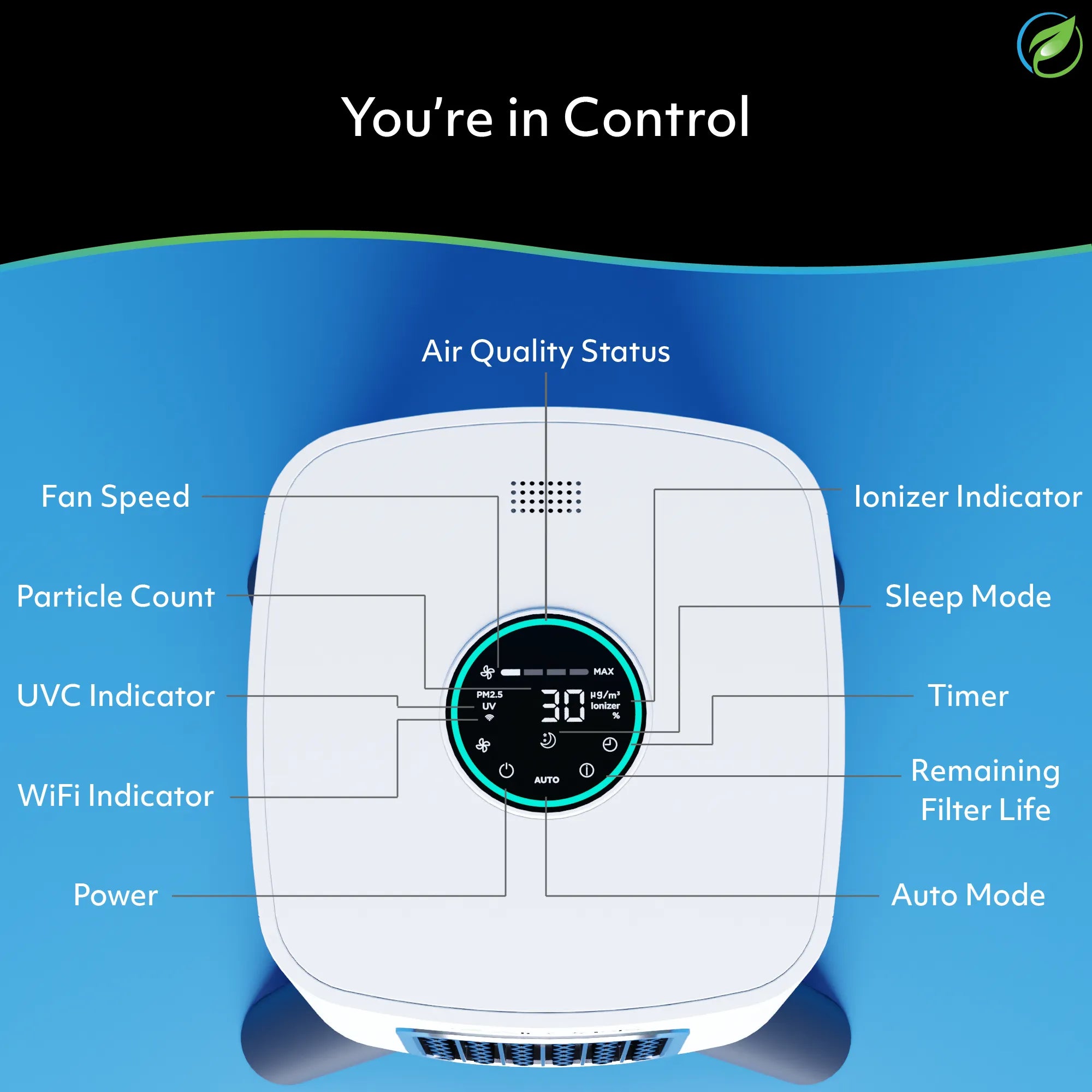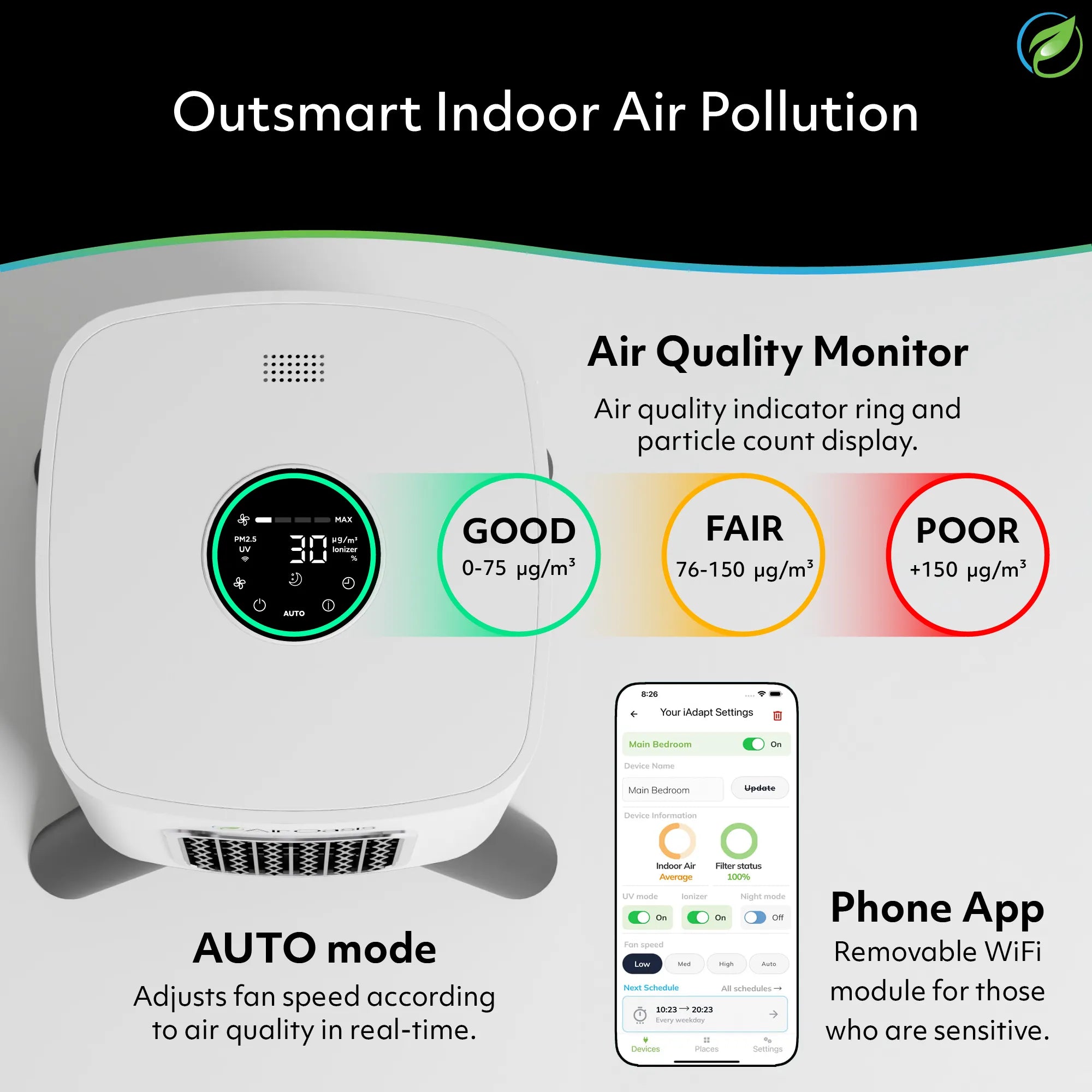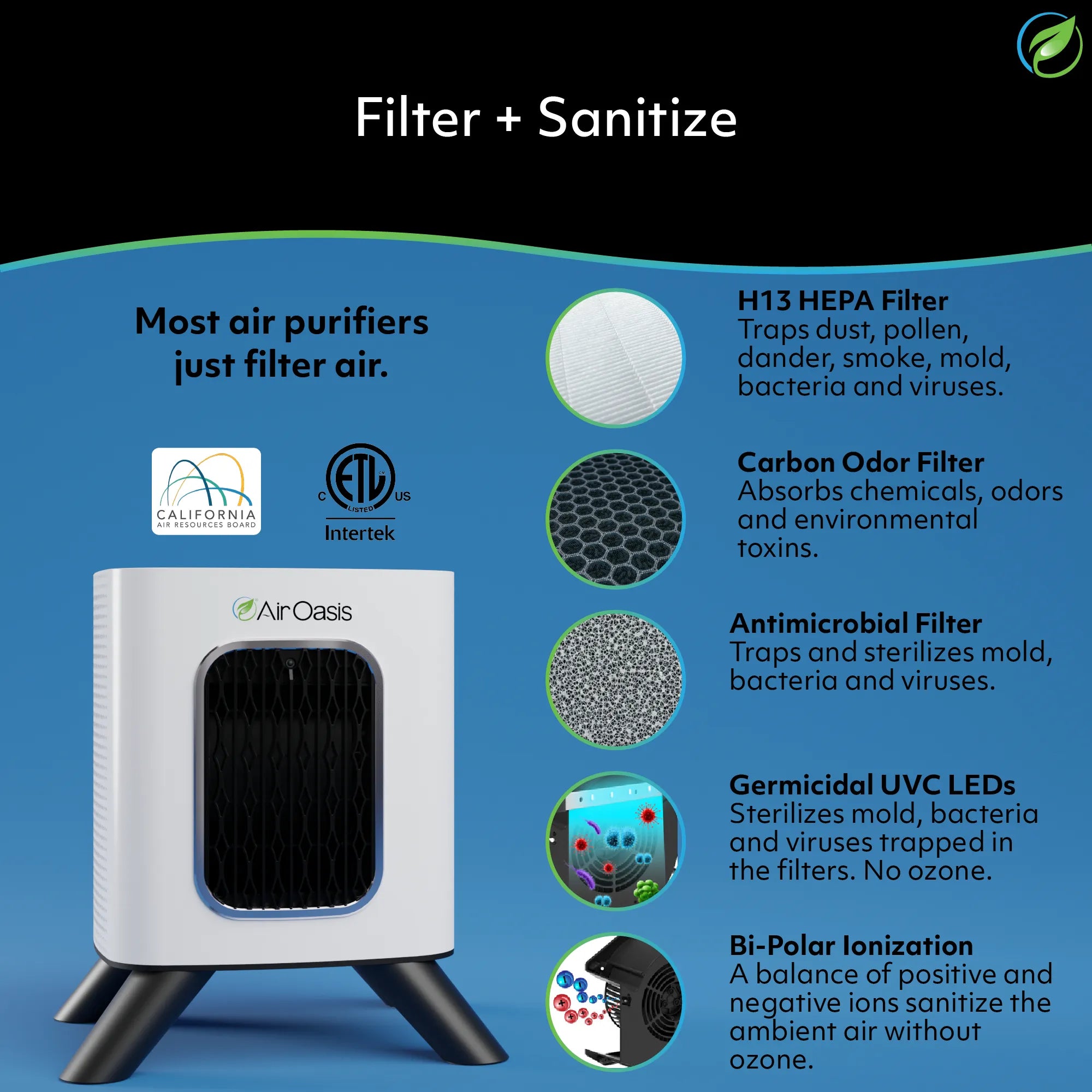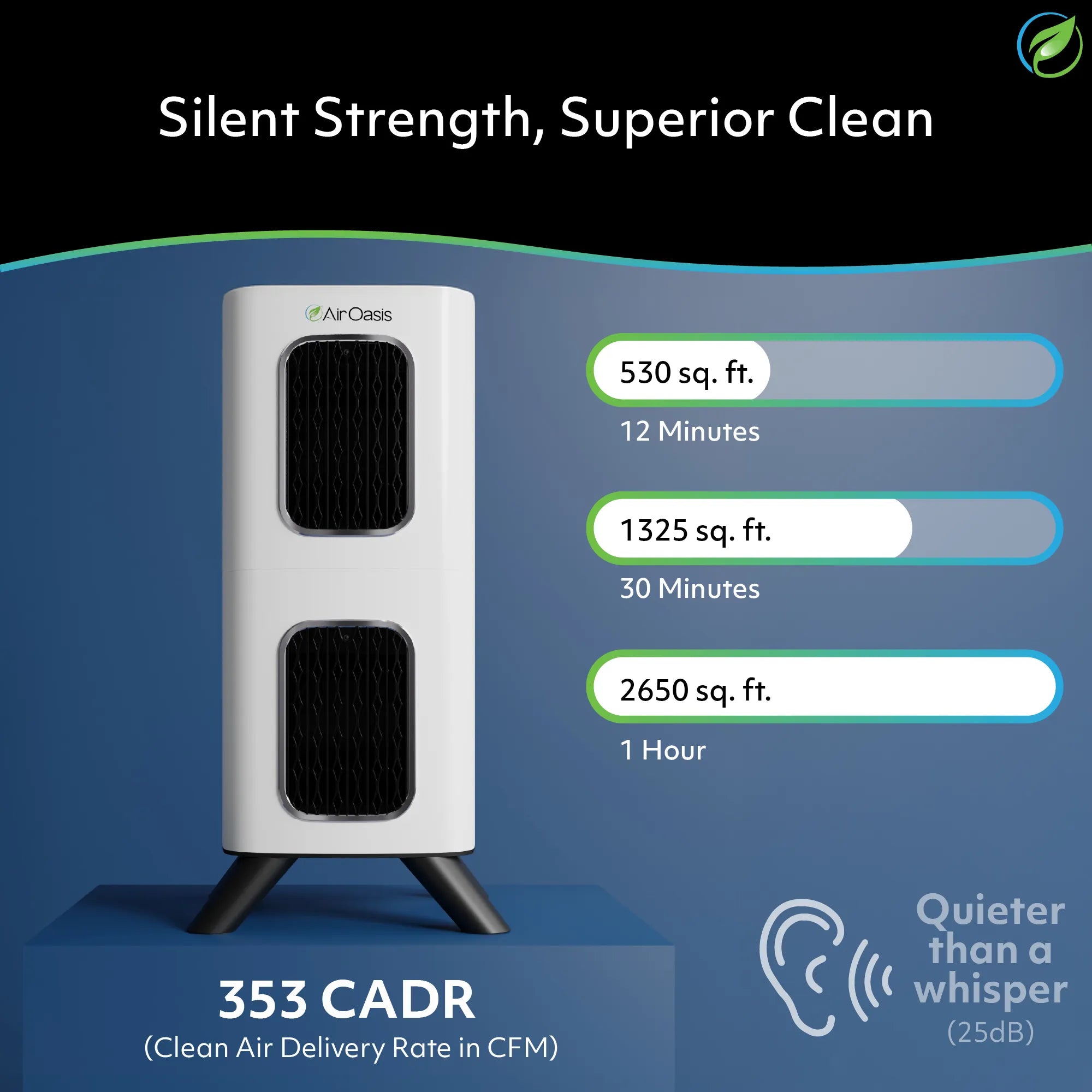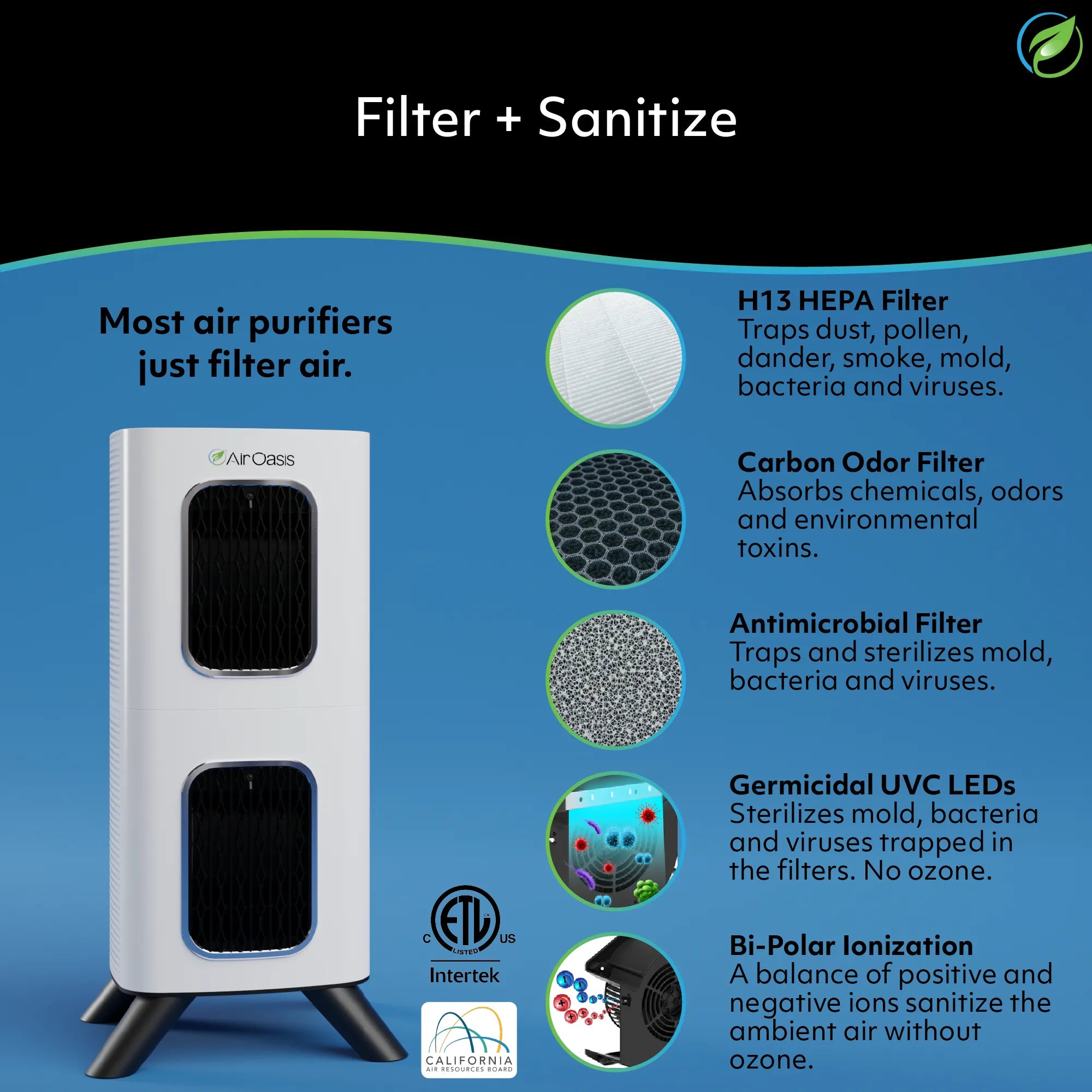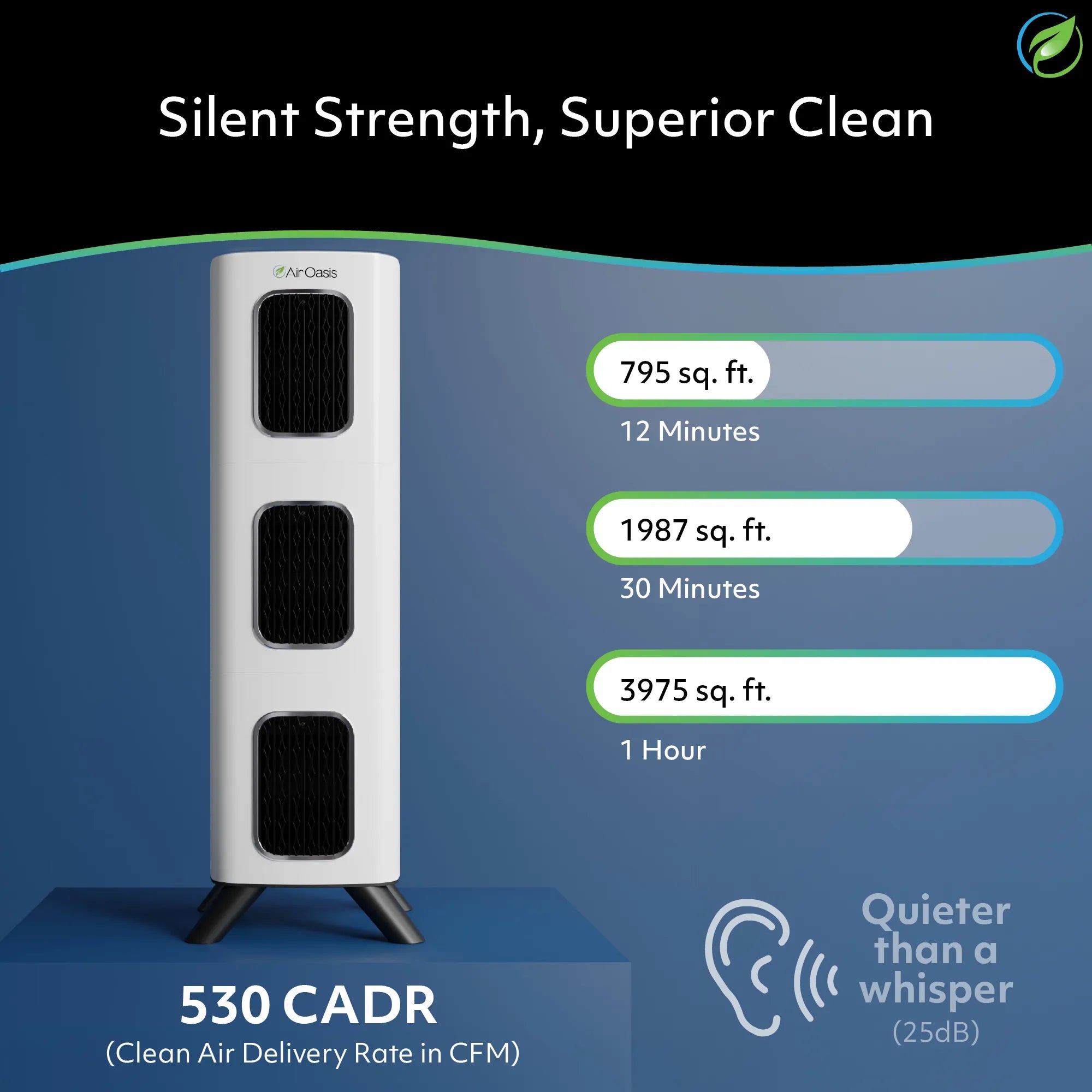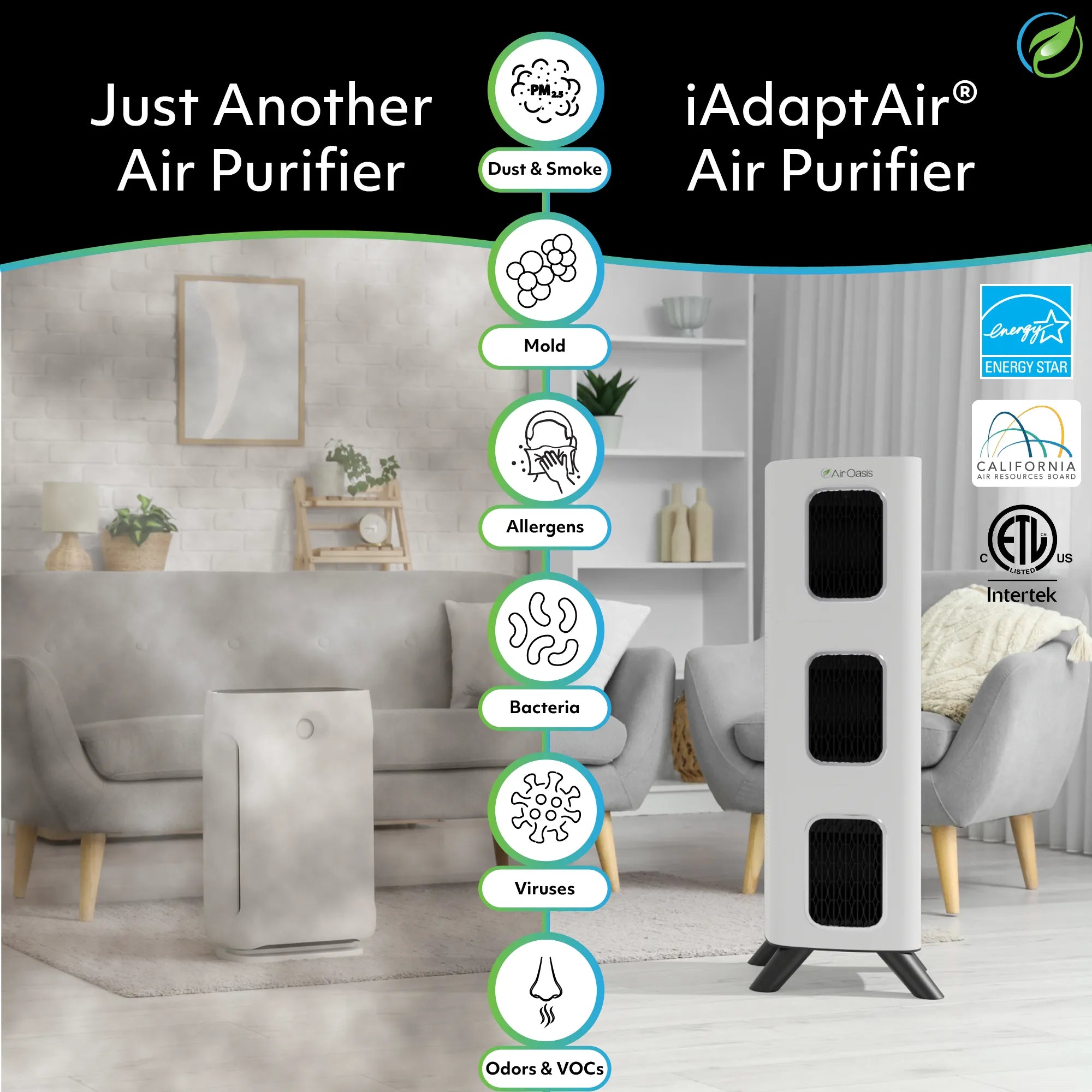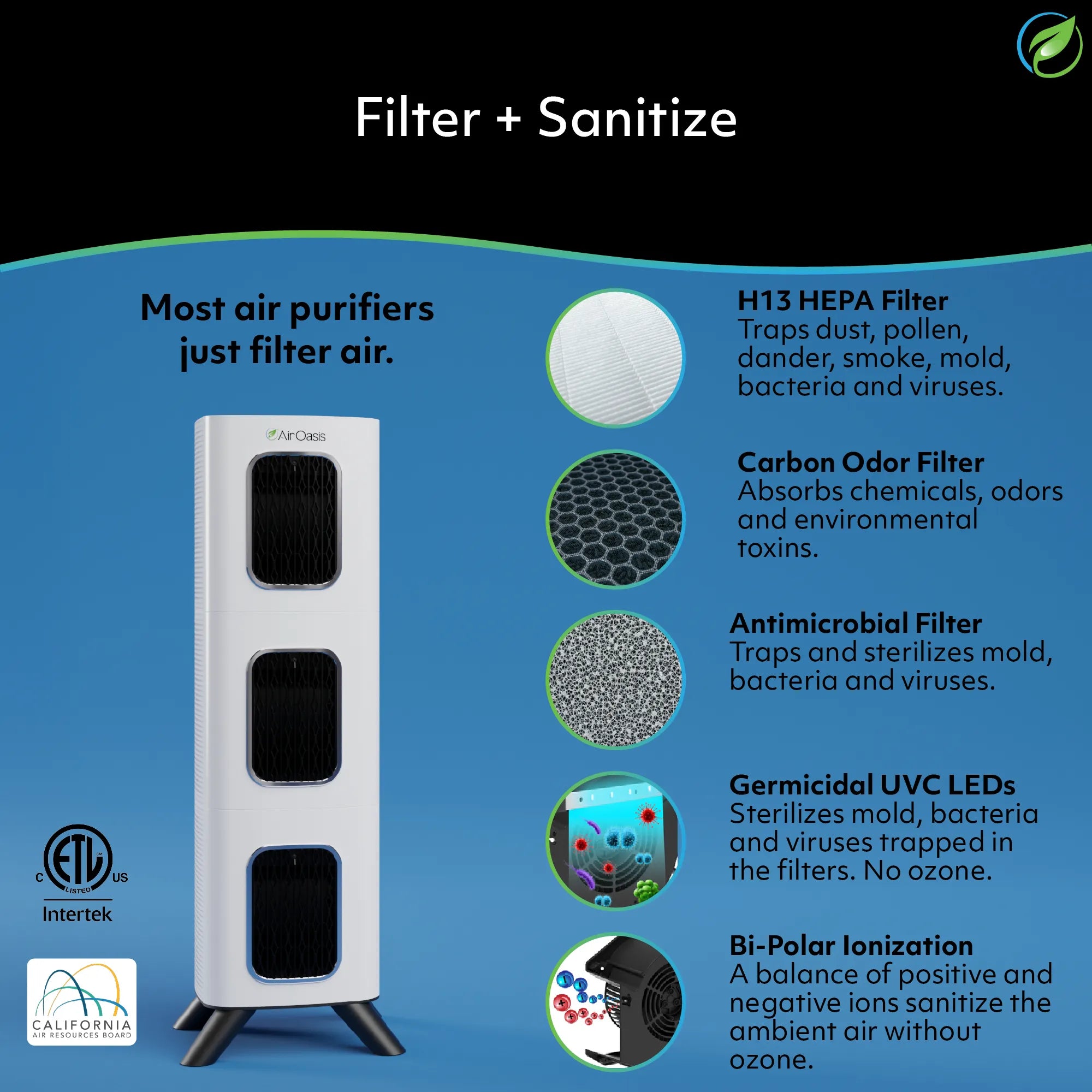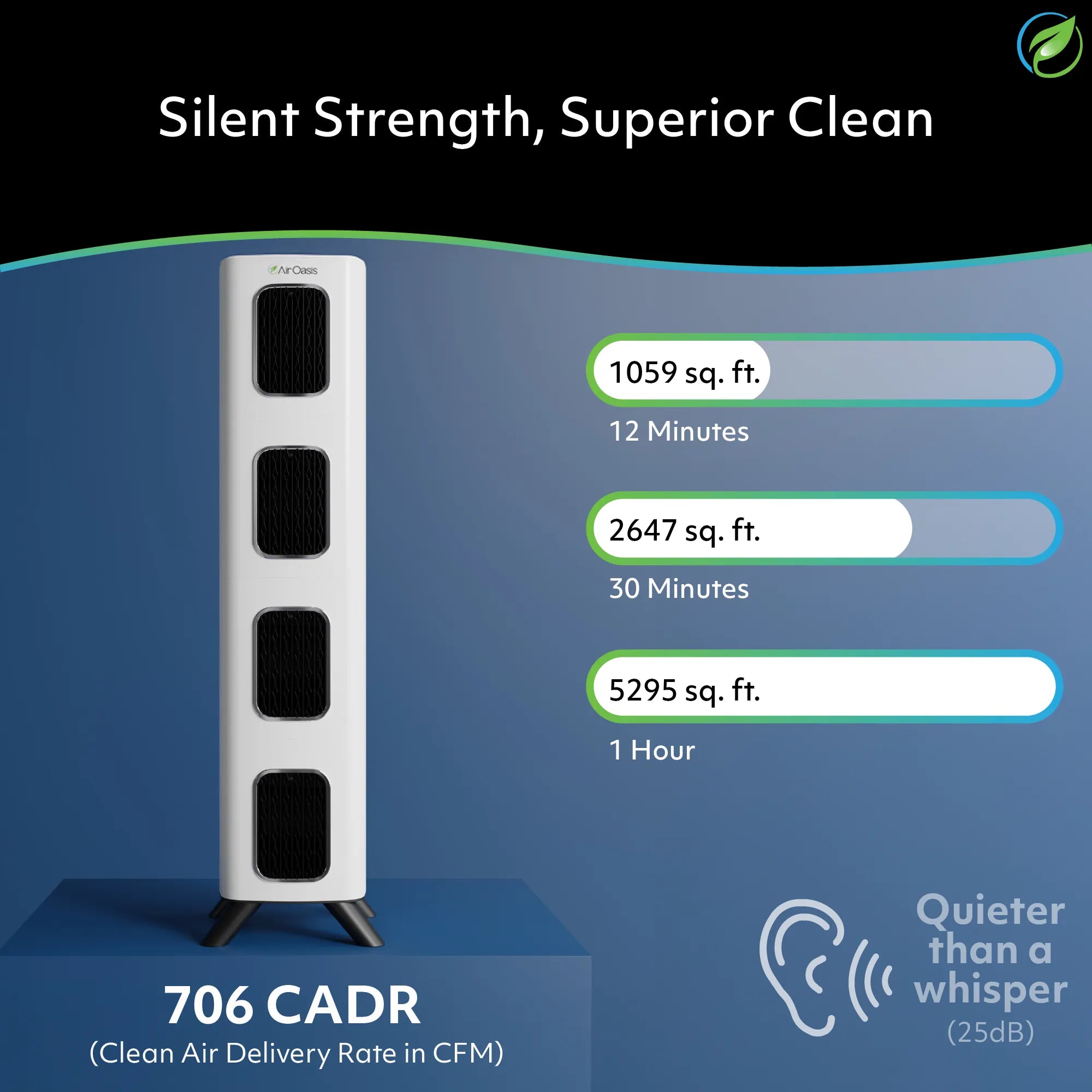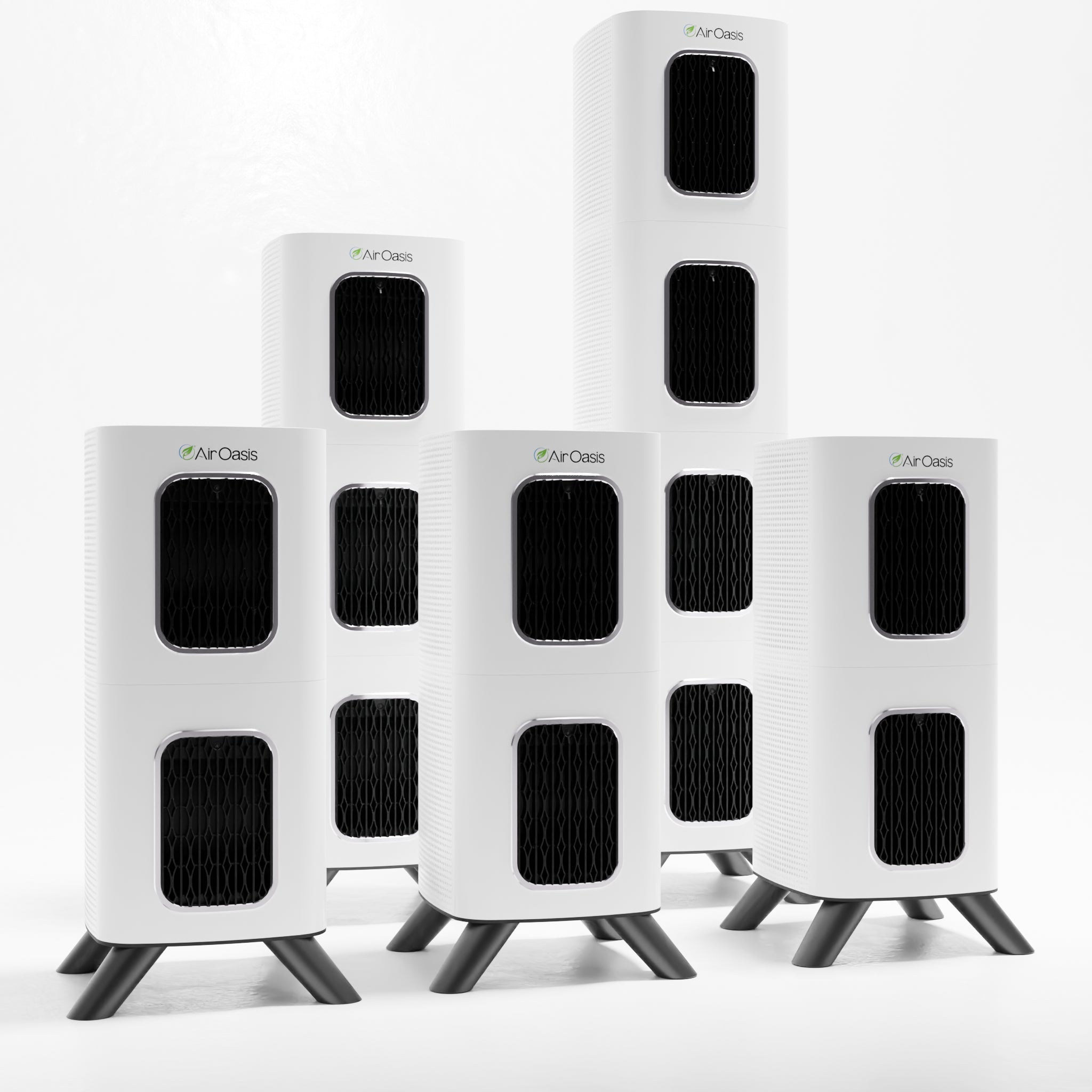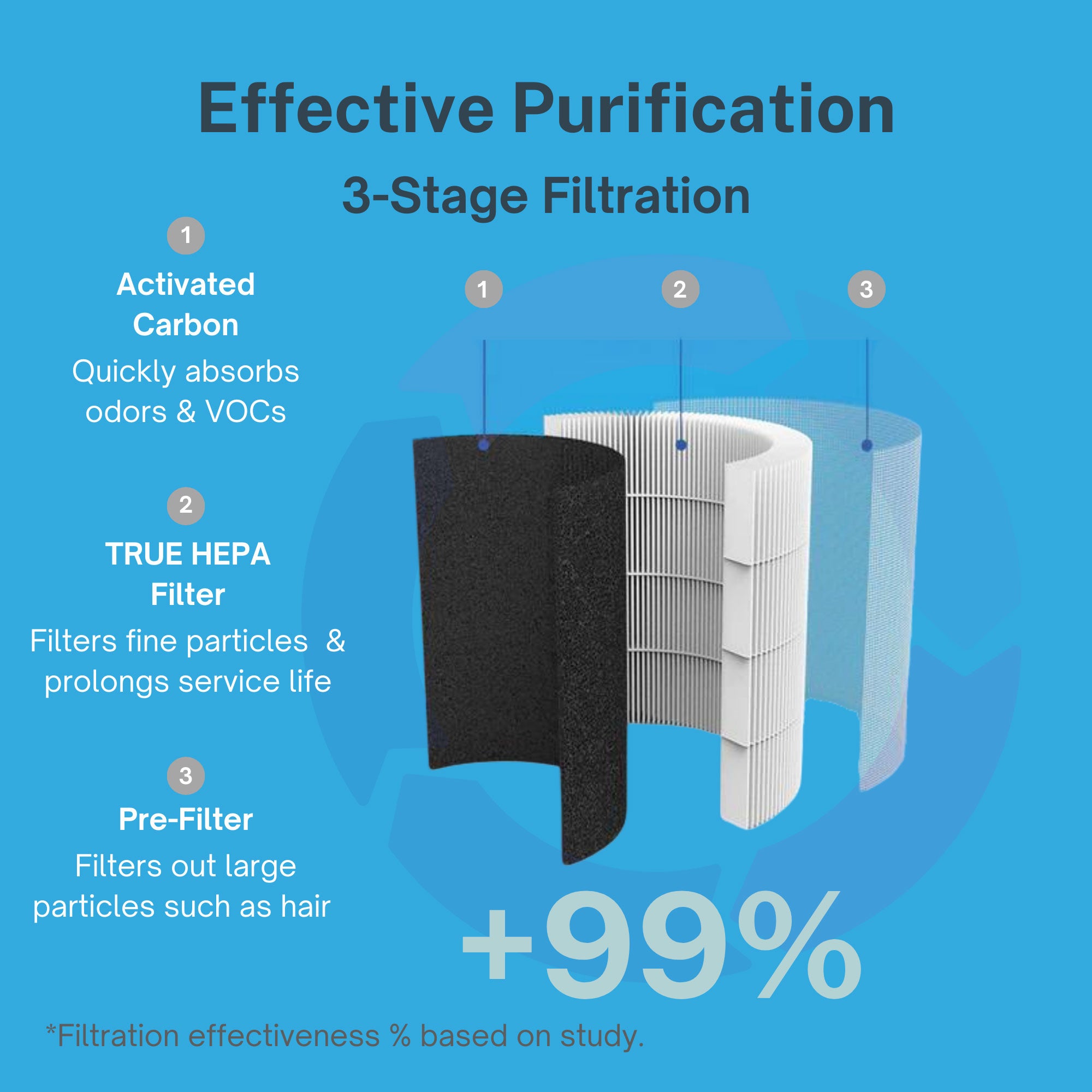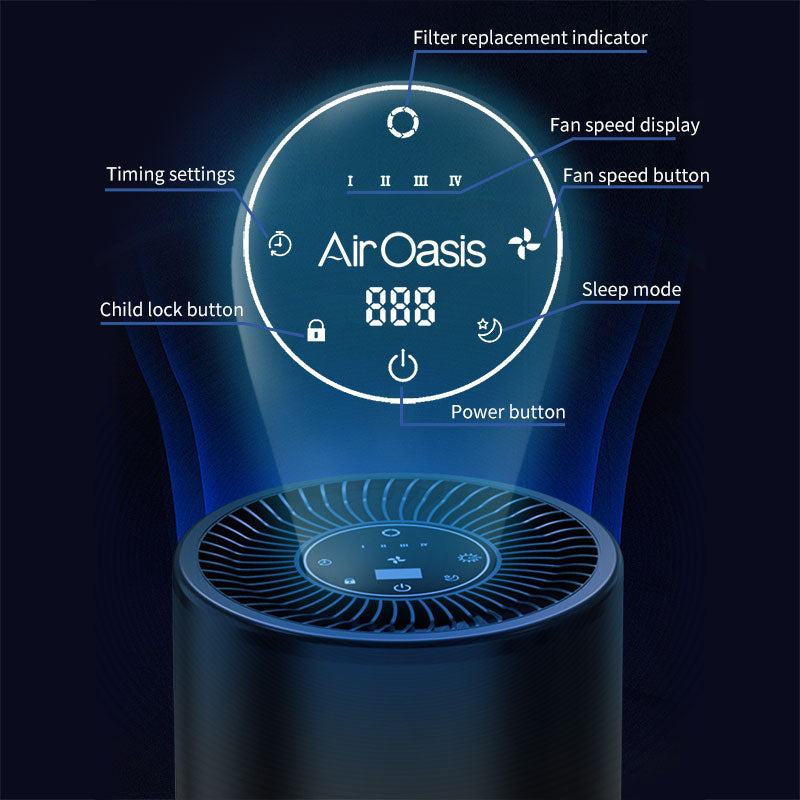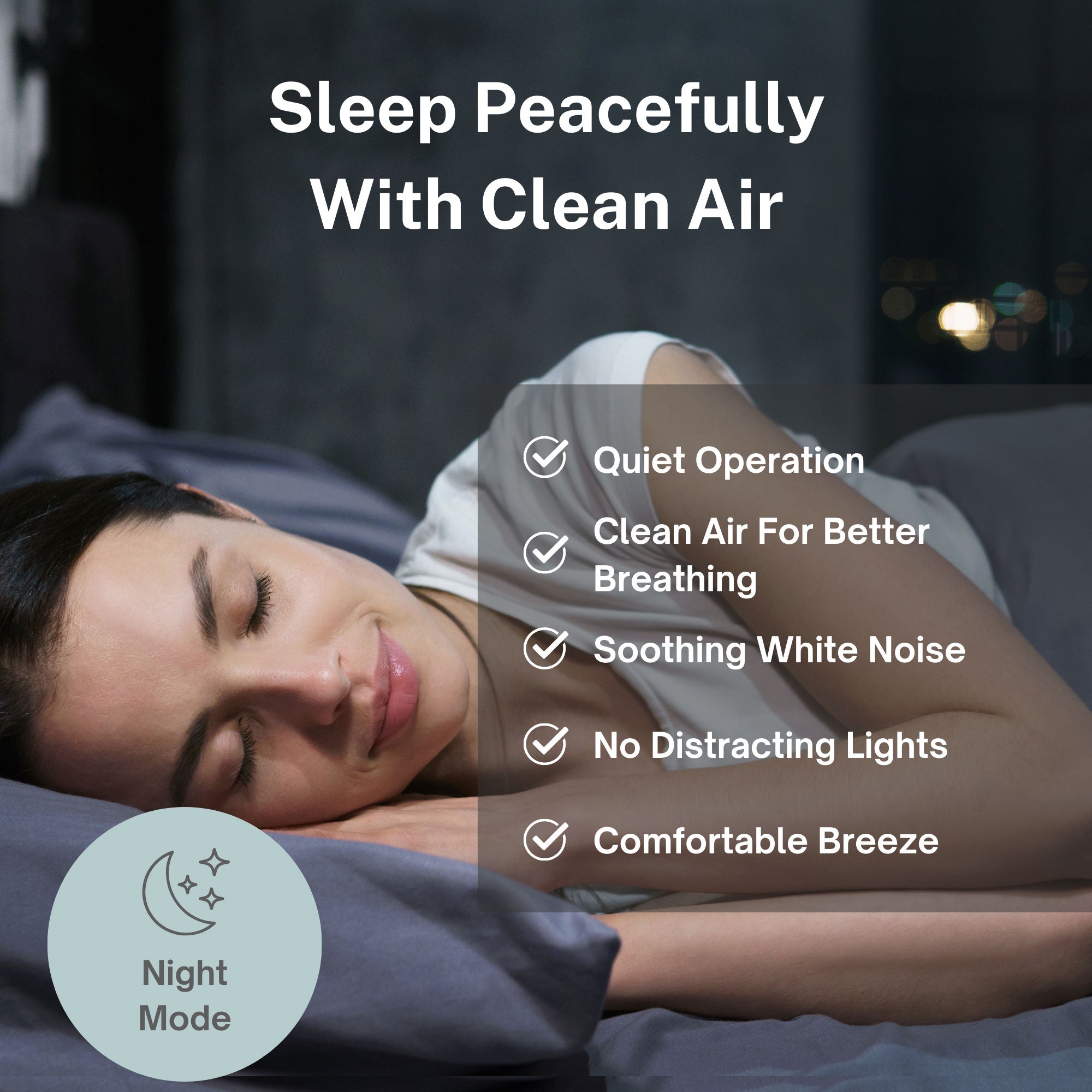Recent research has identified a measurable connection between wildfire smoke exposure and suicide risk in specific populations, suggesting that air quality impacts extend beyond physical health to affect mental health outcomes in ways that differ significantly between urban and rural communities.
Study Methodology and Scope
Researchers from the University of Massachusetts, Monash University in Australia, and the IZA Institute of Labor Economics in Germany conducted an analysis examining the relationship between particulate matter exposure and suicide rates across the United States. The team utilized comprehensive data encompassing all suicide deaths in the country from 2007-2019, paired with satellite-based measurements of wildfire smoke and ambient PM2.5 concentrations.
The research design compared year-over-year fluctuations in county-level monthly smoke exposure against corresponding changes in suicide rates. This temporal approach allowed researchers to isolate the effects of air quality variations while controlling for other factors that might influence suicide rates. The analysis examined impacts across different geographic areas and demographic groups to identify patterns in vulnerability.
Key Findings: Rural Concentration of Effects
The analysis revealed that deteriorating air quality correlated with elevated suicide rates, but this relationship appeared exclusively in rural populations. Understanding geographic patterns in suicide risk represents a critical component of prevention efforts.
David Molitor, study co-author and 2023-24 Center for Advanced Study associate researching climate-related environmental hazards, stated: "We don't detect any relationship between air quality and suicide in urban areas. Suicide rates were about 36% higher in rural versus urban counties during our sample period. All of the effects seem to be concentrated in the rural populations."
The increased risk identified in the research concentrated primarily among white males of working age and rural adults without college education. Urban populations showed no similar relationship between air quality degradation and suicide rates, despite experiencing comparable or sometimes higher levels of ambient air pollution.
National Context of Suicide Rates
The research occurs against a backdrop of increasing suicide rates nationwide. Molitor noted: "Suicide rates have increased by approximately 30% over the past two decades, positioning it as the fourth leading cause of years of potential life lost before age 65 in 2020."
Suicide represents a complex public health challenge influenced by multiple intersecting factors including social isolation, economic stress, access to mental health services, and environmental conditions. The identification of air quality as a potential contributing factor adds another dimension to understanding suicide risk, particularly in rural contexts.
The disparity between rural and urban suicide rates has widened over recent decades. Molitor emphasized this growing gap: "It's far too prevalent, and highly unequal across demographic groups. It's systematically higher in rural counties than in urban ones, and the urban-rural gap in suicide rates has been widening."
Understanding Rural Vulnerability
Several factors may contribute to the concentration of air pollution's mental health effects in rural populations. Rural areas often experience different patterns of wildfire smoke exposure compared to urban regions, with agricultural burning, forestry operations, and natural wildfires creating episodic but intense pollution events rather than the chronic moderate pollution more common in cities.
Additionally, rural populations frequently have reduced access to mental health resources and support systems. The combination of environmental stressors from poor air quality with limited access to mental health care may create conditions where air pollution's neurological and psychological effects produce more severe outcomes.
Rural communities also tend to have higher rates of occupations requiring outdoor work, potentially increasing exposure during high-pollution episodes. Agricultural workers, forestry personnel, and others working outdoors in rural areas may experience greater cumulative exposure to wildfire smoke and particulate matter than urban residents who can more easily remain indoors during pollution events.
PM2.5 and Neurological Impact
While the mechanisms linking air pollution to suicide risk require further investigation, existing research has documented various ways particulate matter affects brain function. PM2.5 particles are small enough to cross the blood-brain barrier, potentially causing neuroinflammation and affecting neurotransmitter systems.
Studies have identified associations between air pollution exposure and depression, anxiety, and other mental health conditions that represent risk factors for suicide. The acute nature of wildfire smoke events may create particularly intense exposures that trigger mental health crises in vulnerable individuals.
Implications for Public Health Strategy
Molitor emphasized the importance of understanding these disparate impacts: "Understanding the overall and disparate impacts of air pollution on mental health is crucial for developing effective strategies to protect vulnerable groups and increase population resilience to poor air quality."
The research suggests that air quality interventions may need to account for geographic and demographic differences in vulnerability. Rural communities facing both higher baseline suicide rates and increased sensitivity to air pollution's mental health effects may require targeted approaches that address both environmental and social factors.
Controlling Indoor Air Quality
While outdoor air pollution from wildfires and other sources presents challenges requiring large-scale policy interventions, individuals in affected areas can take immediate action to reduce indoor exposure. Americans spend approximately 90% of their time indoors, making residential air quality a significant component of total particulate matter exposure.
The iAdaptAir purification system utilizes medical-grade HEPA filtration designed to capture 99.97% of particles as small as 0.3 microns, effectively removing PM2.5 from indoor air. During wildfire events or periods of elevated outdoor pollution, maintaining clean indoor air provides a practical strategy for reducing exposure.
For rural families and communities affected by seasonal wildfire smoke, agricultural burning, or other sources of particulate pollution, creating cleaner indoor environments becomes particularly important given the research findings on mental health impacts.
Protect Your Mental and Physical Health
Research continues revealing unexpected connections between air quality and health outcomes, including mental health and suicide risk. While addressing outdoor pollution sources requires systemic solutions, protecting your indoor air quality remains within your control.
Take action to reduce your family's exposure to harmful particulate matter, especially during wildfire season or periods of elevated outdoor pollution. Shop Air Oasis today and create a healthier indoor environment where you spend most of your time.






